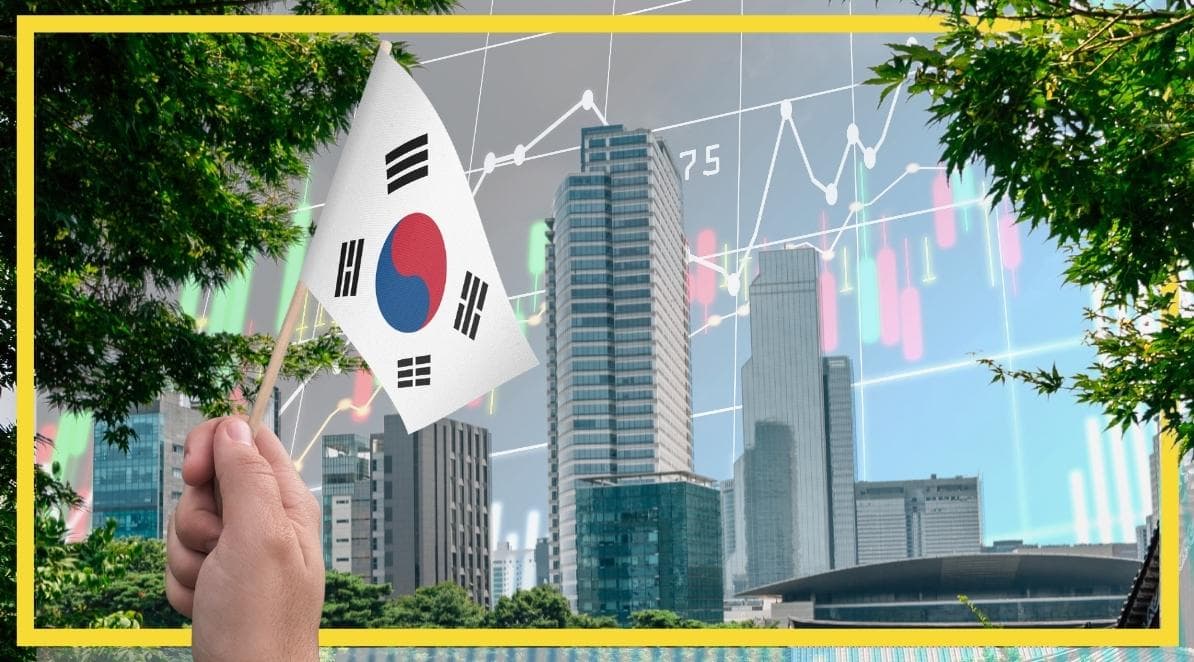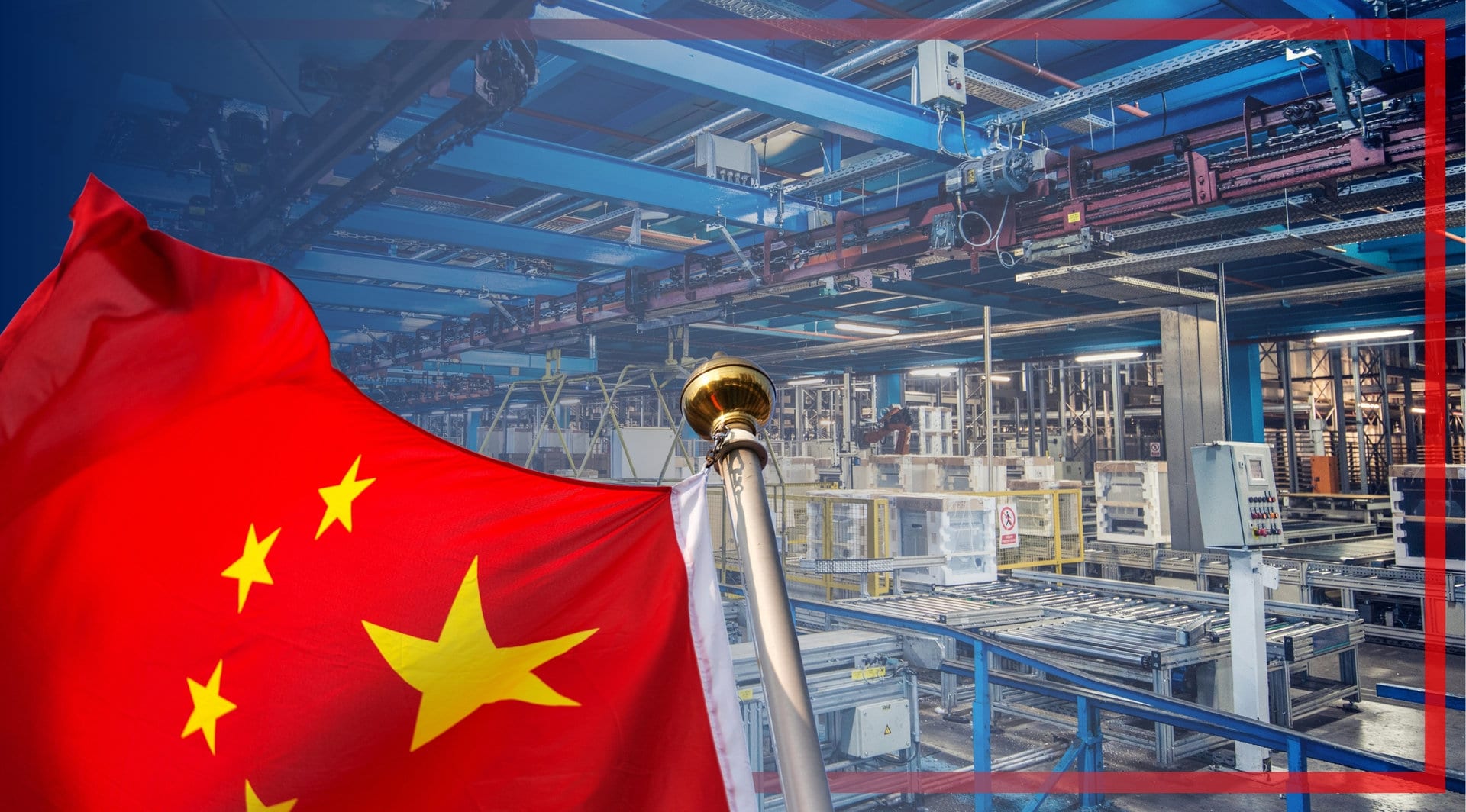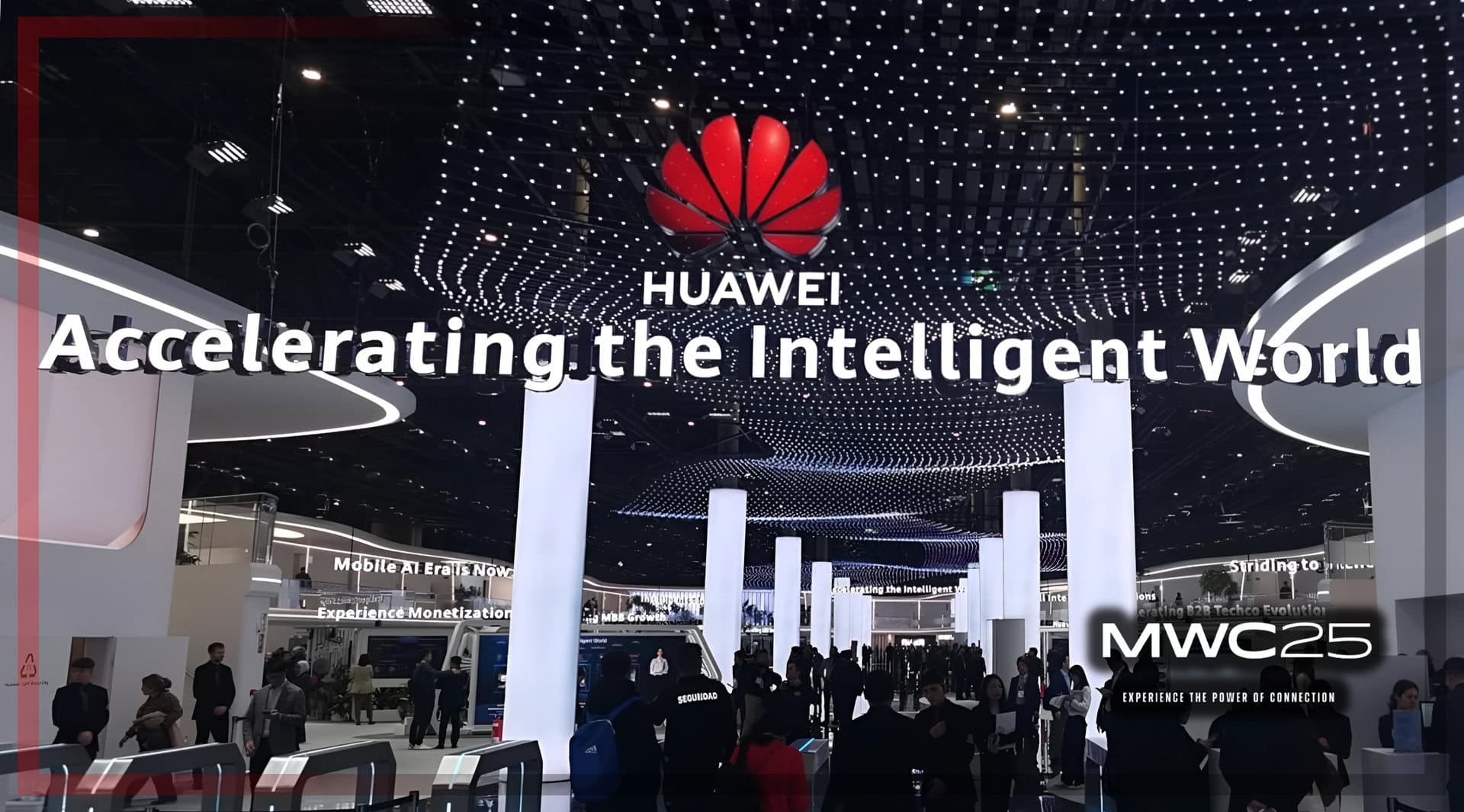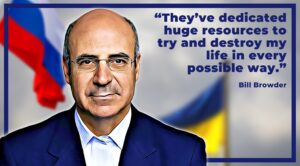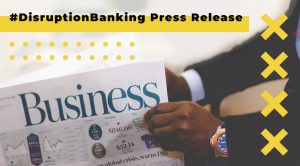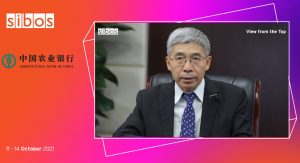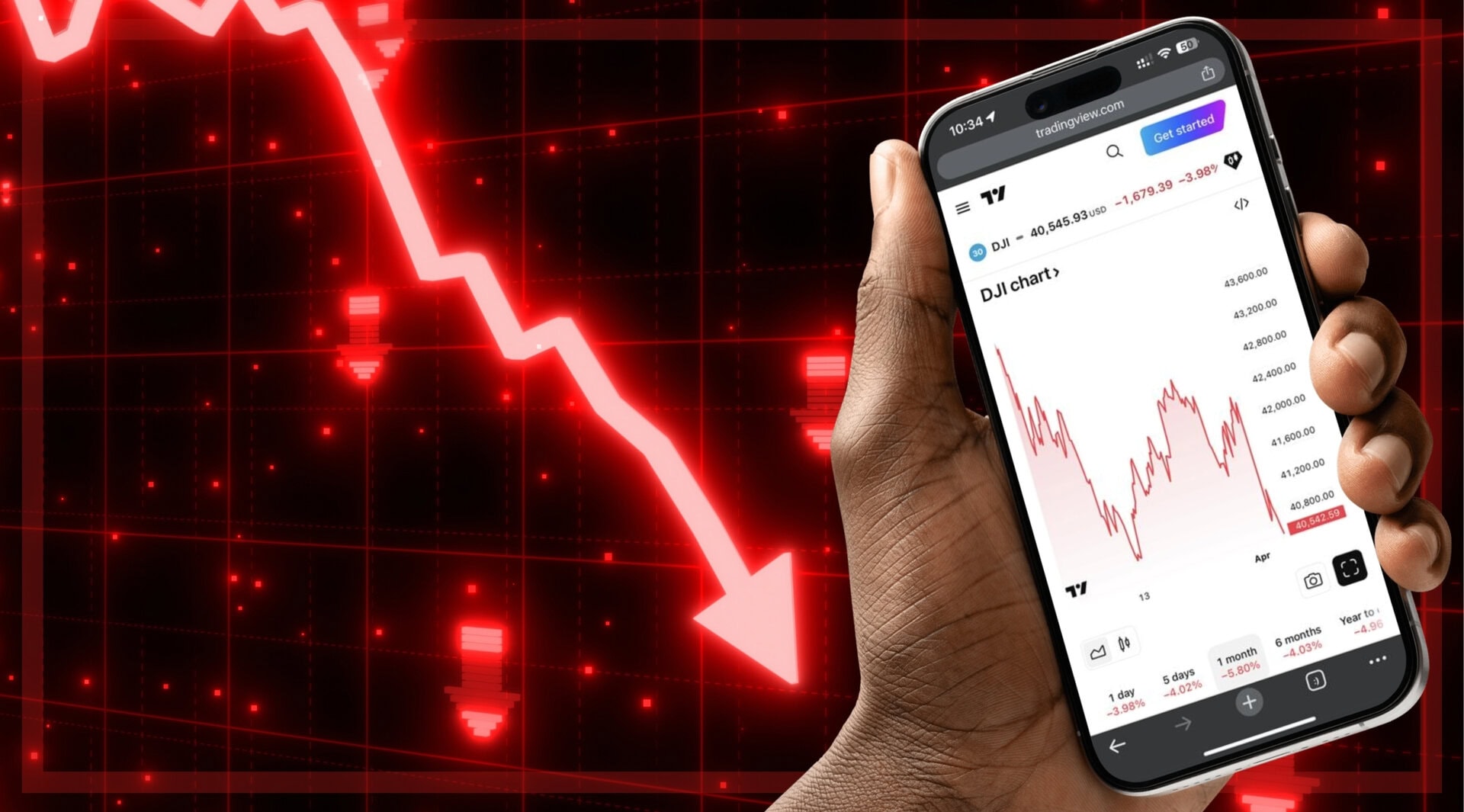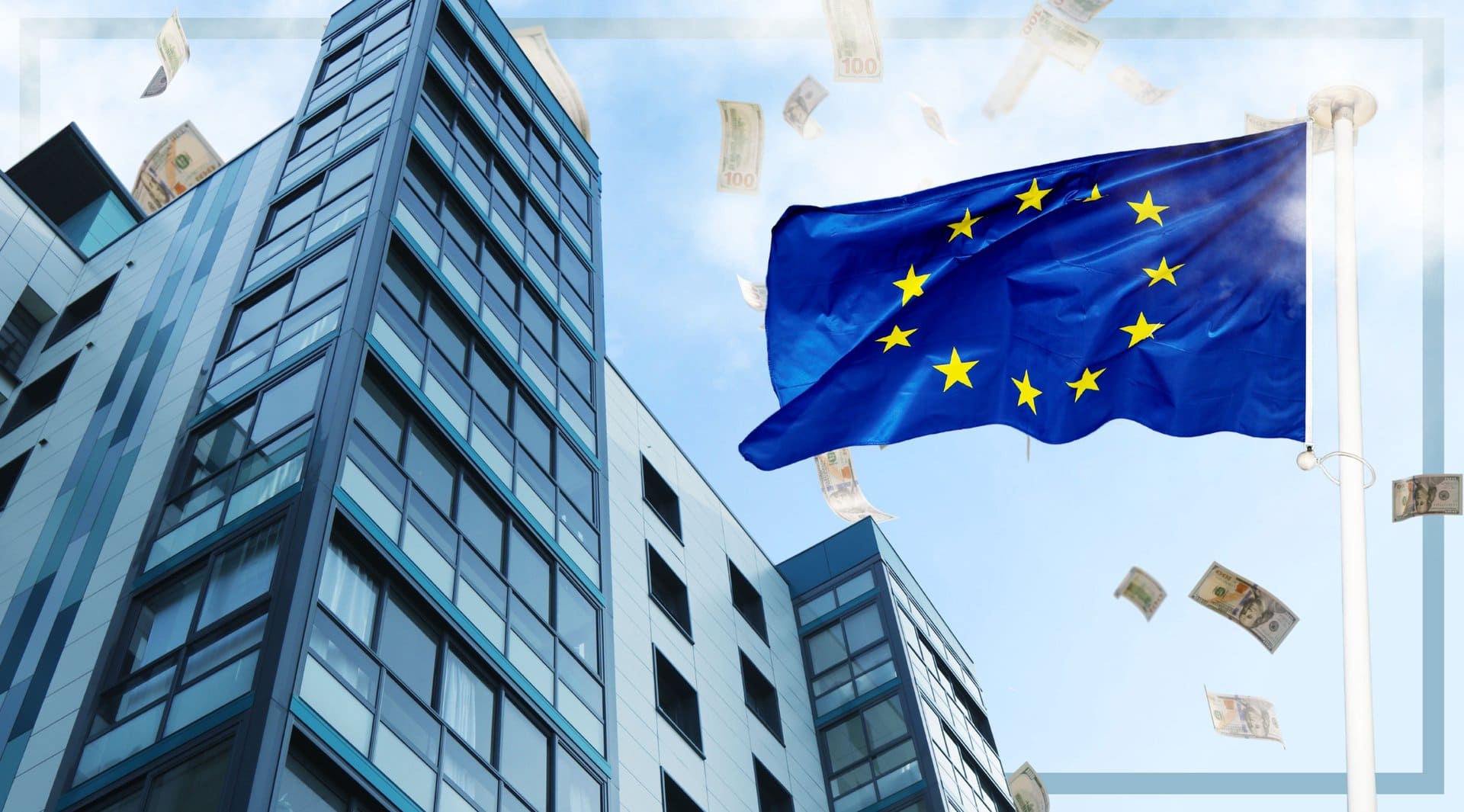This year presents a number of profound problems for emerging markets. For any investor exposed to these markets and geographies, 2022 could be a torrid year.
Problems for Emerging Markets
Despite recent data suggesting the omicron variant of coronavirus leads to significantly fewer hospitalisations and deaths than earlier variants, risk appetite across financial markets remains relatively low because of the Covid-19 pandemic. Moves over the Christmas period across Europe and the United States, to reimpose restrictions in response to omicron, have reiterated to markets that – in the eyes of the government – the public health crisis remains ongoing.
This is likely to remain a significant hurdle for emerging markets to jump, not least because weaker economies are more susceptible to external shocks like the outbreak of new variants. To further problematise the picture for emerging markets (EMs), these also tend to be countries that have not had the level of access to vaccines that developed economies have enjoyed. To offer an extreme example, sub-Saharan African countries Burundi and the DR Congo have only received 0.1 doses of the vaccine per hundred people. Chad, Yemen, Niger and Madagascar do not fare much better at two doses per hundred. This compares to the UK’s 195 doses. While these countries have all seen relatively low Covid death rates, likely because of the continent’s younger populations, this could still prove a problem across whole swathes of EM territory in Africa and Asia. That which many investors identify as the key to economic reopening – vaccines – remains elusive for many EMs. This could weigh on growth for these countries in 2022, as Gita Gopinath, Chief Economist of the International Monetary Fund (IMF) has warned:
Three charts highlight the dangerous divergence in prospects across advanced economies and many emerging markets and developing countries.
— Gita Gopinath (@GitaGopinath) July 19, 2021
[1/] Divergences in vaccine access. pic.twitter.com/TCw7kVn6cR
Markets’ ongoing lack of risk appetite is obvious in the continuing strength of the US Dollar, a safe-haven to which investors flock in times of uncertainty. At time of writing, the dollar is trading at 1.35 against the pound sterling and at just under 1.13 against the euro. Some predicted this time last year that EUR/USD would trade as high as 1.40 by the end of 2021, as its safe-haven appeal waned. With the pandemic still with us, most now believe this run of dollar strength will continue for a while yet. That matters to EMs for two reasons.
Firstly, many emerging markets have dollar-denominated debt. South Africa’s external debt, for example, stood at over 1.65 billion USD in Q3 last year. When the dollar is stronger in relation to the local currency, that makes purchasing USD (and therefore servicing dollar-denominated debt) more expensive. During the pandemic, the rand has lost as much as 30% of its value against the dollar – greatly increasing the burden of debt held in USD.
Then there is the Fed’s tapering programme. Jay Powell has already indicated that he has made a hawkish pivot and that three hikes in interest rates are likely before the end of 2022. This could have a very sharp impact on EMs. Firstly, a rise in interest would likely prompt a strengthening in the US Dollar, because traders would earn increased yield through holding the dollar, making it more attractive on foreign exchange markets. This would have the result of making dollar debt payments more expensive. Secondly, a hike in interest rates would increase the debt payments anyway – a double-whammy that could see many EMs struggling under the weight of USD-based debt. This burden could seriously hamper growth. Again, this is something the IMF has noted:
The International Monetary Fund cautioned that with the Federal Reserve likely to hike interest rates, emerging economies should prepare for potential bouts of economic turbulence.https://t.co/CidrClTqco
— Forbes Middle East (@Forbes_MENA_) January 10, 2022
Finally, all emerging market traders have to contend with the issue of China. Last year, the authorities in Beijing rattled EMs profoundly by instigating a number of regulatory crackdowns that sent waves across stock markets. As well as targeting the tech sector, the Chinese government also brought in new measures to “cool” the property market – resulting in the collapse of major property giants such as Evergrande. This has slowed growth in China’s biggest domestic market, and has shaken entire supply-chains. More importantly for EMs, it has also slowed growth in a market which many are significantly exposed to. This could reduce Chinese hunger for commodities and raw materials, and thus ultimately reduce the amount of exporting some EMs are able to achieve.
The South Korea Solution
At this stage, it might all be looking rather bleak for emerging market traders. The problems they are having to contend with, from many different directions, appear significant. There could be a solution, however – one that might save their 2022: South Korea.
Given how large and advanced Asia’s fourth-largest economy is, for many this fact seems surprising, but South Korea is classified as an EM by the MSCI Emerging Markets Index and a range of other indices. Unsurprisingly, it is often over-weighted (and valued at a premium) in various emerging market indices. For as long as it remains classified as an EM, South Korea offers emerging market traders the opportunity to invest in a highly sophisticated economy that shares almost all of the characteristics of developed, Western economies. So why is this the country often put in the EM basket? Edward Howell, a lecturer in South Korean politics at the University of Oxford, told DisruptionBanking that the nation has a number of “lingering” economic issues that are preventing it from ascending to the very highest level of “great power economies:”
“The South Korean finance ministry’s forecast of 3.1% economic growth in 2022 is somewhat optimistic. Though the role of chaebols (conglomerates) has been substantial in continuing export-led growth and reducing the impact of covid on the South Korean economy, it is not enough to rely on the chaebols alone.
“A large challenge in 2022 will be to resurrect domestic consumption and small business revenues, at a time when household debt is rising. The Moon government has been more reluctant than other similar economies globally to provide businesses with compensation for Covid-induced losses. Government recalcitrance towards easing Covid restrictions will be a key determinant of the South’s economic prospects.
“Yet even if the Moon administration offers a last-minute attempt to revive the economy, problems remain, not least surging house prices, which has generated considerable disillusionment amongst the population. If South Korea wishes to become a great power economy, these domestic issues cannot be left to linger.”
Can you believe that South Korea is sometimes still classified as an “emerging market”? Feels like they’re way more developed than we are. pic.twitter.com/Lboy2KbvpC
— Malte Frøslee Ibsen (@IbsenMalte) March 22, 2020
While domestic issues of course remain, South Korea nonetheless offers a fundamentally strong economy for investors to look towards – particularly by emerging market standards. This is reflected in its very strong performance compared to other EMs. The MSCI EM index as a whole finished 2021 down 2.5%, at the same time as the global index gained 19%. Starting the year at 473.495 on the EM Index, South Korea finished 2021 at 694.713 – up over 46%.
Though Edward argued that 3.1% growth might be over-optimistic, South Korea is well-poised to continue performing strongly throughout 2022 in any case. Unlike many emerging markets, South Korea gains most of its revenues from developed economies, and is therefore not as dependent on the less reliable commerce of weaker economies. It is at the forefront of tech innovation, with many of the space’s biggest new trends – like the metaverse and NFTs – having a home in Seoul. This is reflected in the astonishing performance of metaverse-linked Korean ETFs, many of which “have seen double-digit gains [in November 2021] to trump the Kospi benchmark’s 0.3% decline.”
South Korea is also deeply involved with new, innovative trends in the crypto space. As we looked at in a previous feature, the Bank of Korea has been complimentary of stablecoins and has acknowledged their “usefulness.” Blockchain platforms like Terraform and Anchor Protocol have also seen huge jumps in popularity within South Korea.
Metaverse stock fans are finding that South Korea is a go-to Asian market to bet on the technology, with a host of exchange-traded products and shares up for grabs https://t.co/4CPcB6Jkem pic.twitter.com/WkWqFx2C7D
— Bloomberg Quicktake (@Quicktake) November 20, 2021
At the same time as Chinese tech companies like Huawei are facing increased political pressure and global sanctions, South Korean telecoms and consumer electronic companies like Samsung could plug the gap that is left. Indeed, Samsung recently signed a $6.65 billion network deal with Verizon, a major agreement for the Korean giant to expand its presence in the US and boost the credibility of its telecoms infrastructure. This is a deal that, under different geopolitical circumstances, might have gone to Huawei.
Of course, South Korea is a major American ally: the most visible legacy of the Korean War is that almost 30,000 US troops remain stationed in the country. It also shares the ideals of liberty under the law, and is a vibrant democracy with strong property rights. In other words, it has all the conditions needed for businesses and entrepreneurs to flourish.
But, unlike many countries in East Asia, it has been careful not to become too one-sided in the increasingly divisive geopolitical rivalry between the US and China. While Japan, a fellow East Asian democracy, has been very vocal in condemning Chinese territorial expansion and violation of international norms, South Korea has always been more reluctant to voice qualms. Indeed, the two countries share a number of joint-interests – most notably dealing with their nuclear-armed neighbour, North Korea. As a result, trade between the two nations is strong and, in 2020 alone, South Korea exported over $130 billion worth of goods to China.
South Korea has emerged from the pandemic in better shape than most economies. Even in the nightmare year of 2020, GDP only contracted by 1% as a result of strong exports and sensible virus controls. In the same year, the UK shrank by a record 9.9%. According to the Bank of Korea, exports surged a further 25.5% in 2021 and domestic demand remains strong. While government stimulus has increased inflationary pressures, as such programmes have in all major economies, inflation in the country is currently projected to decrease to 2.2% this year. Inflation is well under control, is almost at the 2% target, and is much lower than many of its Western and EM counterparts. The central bank recently revised its growth forecast for the year slightly upwards.
The scope of South Korea’s macroeconomic stimulus has been considerably smaller than in most of its regional & G20 peers.@jfkirkegaard on why COVID-19 will not leave a lasting negative imprint on South Korea's economy: https://t.co/xJtfYNxzGj pic.twitter.com/Ns1xZMxgMt
— Peterson Institute (@PIIE) July 8, 2021
South Korea is obviously not an emerging market in the same way as, say, Mexico or Indonesia. The country boasts highly sophisticated financial markets; the Korea Stock Exchange hosts global names like Samsung, LG and Hyundai. The world’s best-performing IPO of 2021, biopharmaceutical firm SK Bioscience, was listed on this very exchange. The Korean Won (KRW) is under control on foreign exchange markets, trading within a relatively tight range of 10% last year, so investors can be confident they are not overly exposed to harsh foreign exchange movements in South Korea.
South Korea is clearly on the precipice of becoming a “great power economy.” For this reason, it already has an outsized weight on the MSCI EM Index, and its stocks come at a premium compared to EM counterparts. But given all the problems emerging market traders are facing this year, it would hardly be surprising if many saw “the South Korea cheat” as the solution.
Author: Harry Clynch
#EmergingMarkets #OmicronVariant #RiskAppetite #IMF #USD #GBP #FederalReserve #Tapering #InterestRates #Inflation #ForeignExchange #China #Beijing #Evergrande #SouthKorea #Seoul #Covid19 #Metaverse #NFTs #KoreanETFs #BankOfKorea #Stablecoins #Blockchain #Samsung #KoreaStockExchange #KRW


